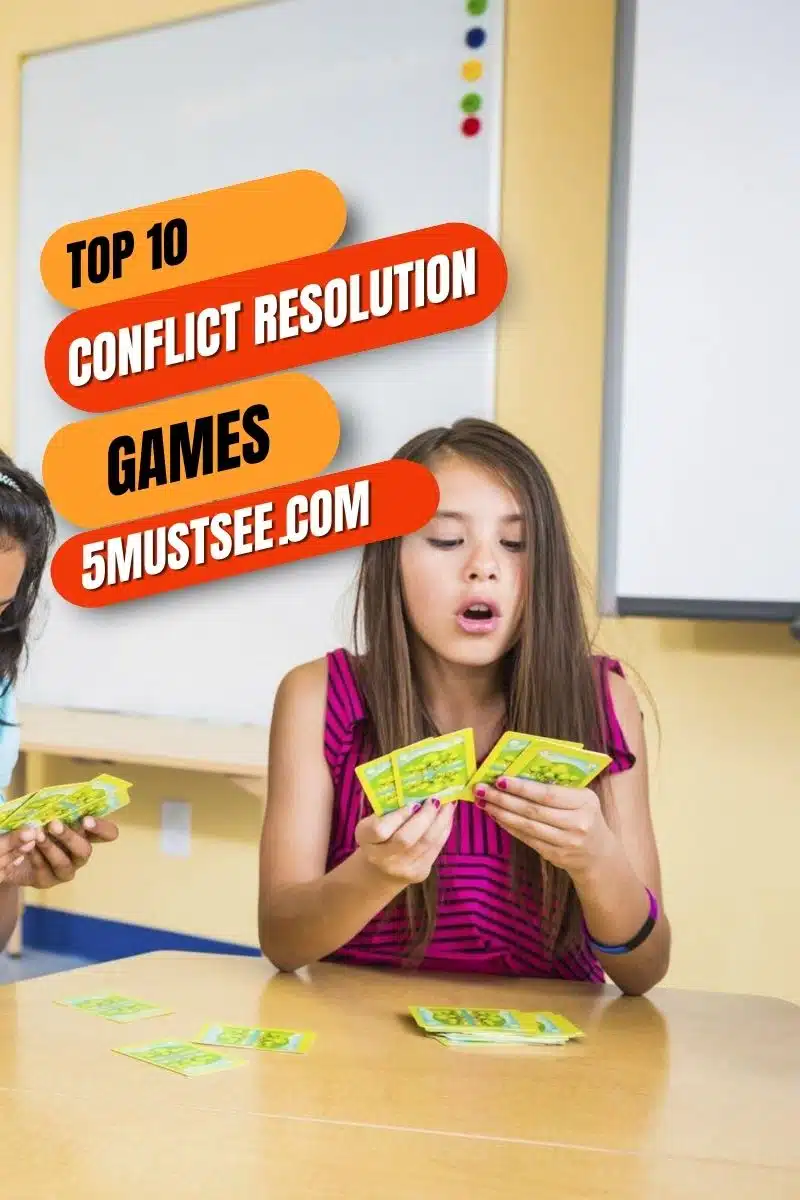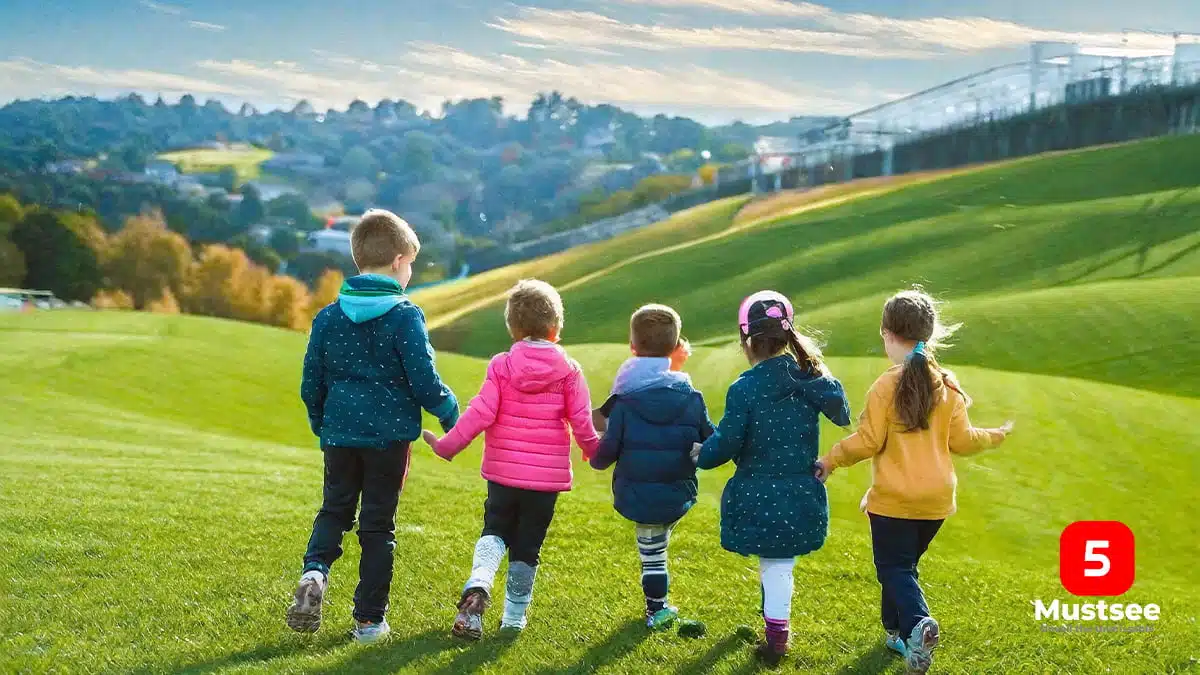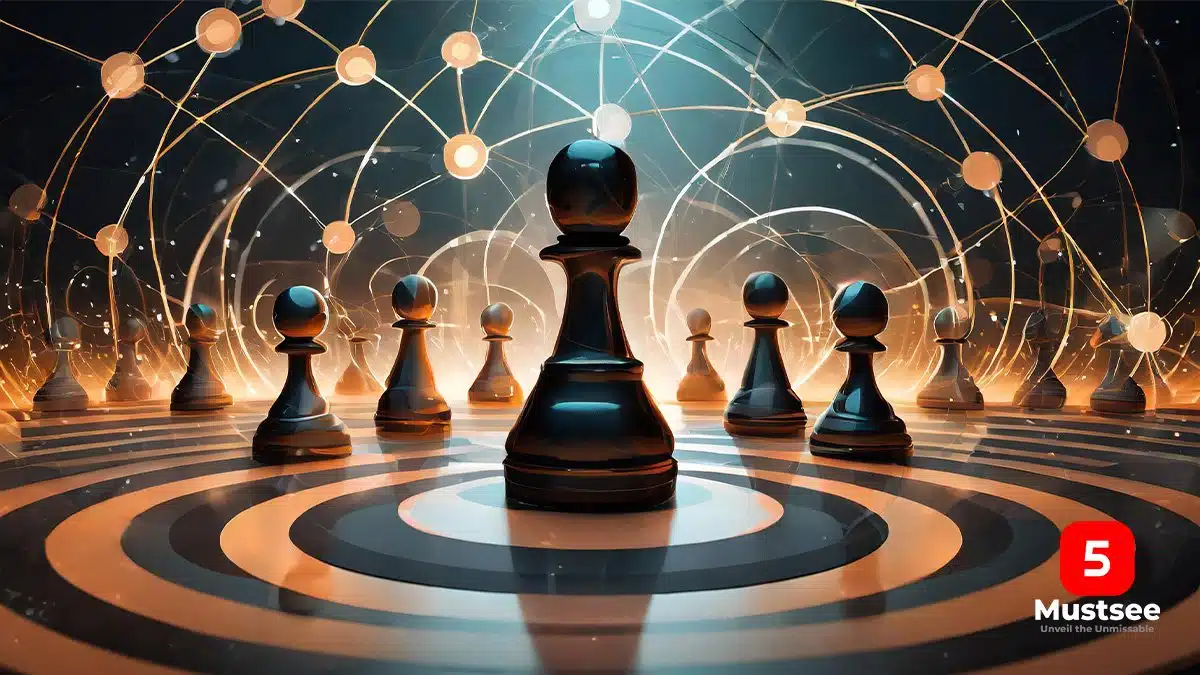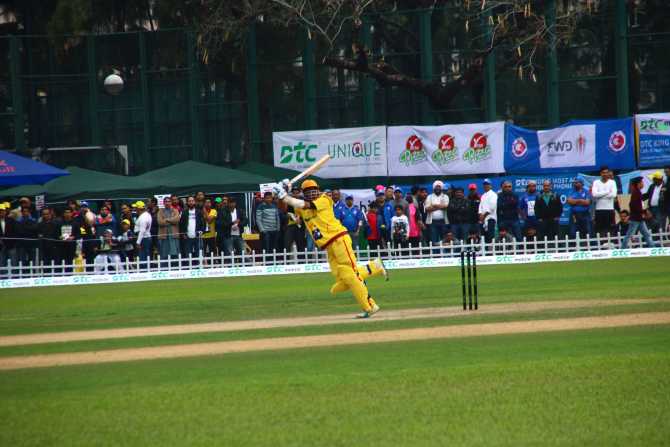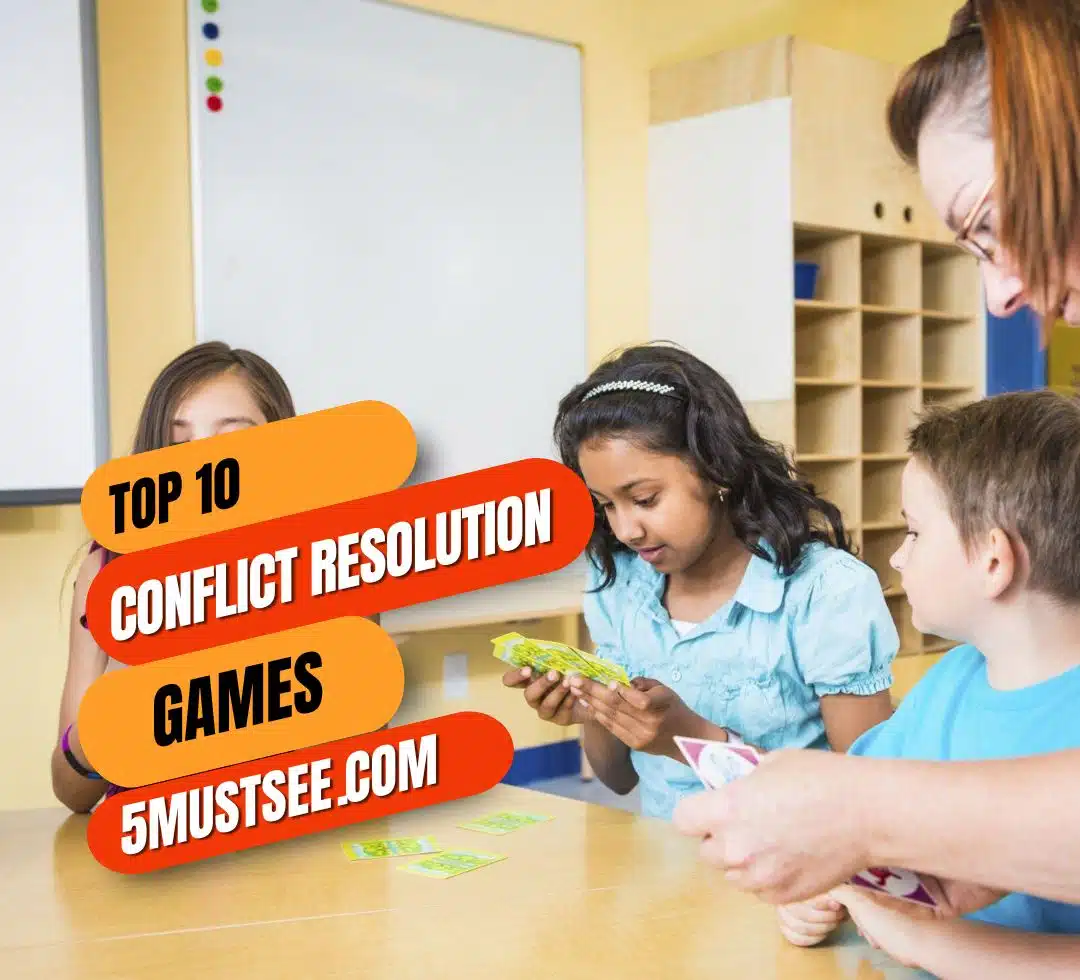
Conflict resolution is a vital skill for children to develop, as it helps them manage their emotions, communicate effectively, and build empathy. However, teaching conflict resolution to kids can be challenging, especially if they are not interested or motivated to learn. That’s why conflict resolution games can be a great way to make learning fun and engaging for kids of all ages.
Conflict resolution games are activities that involve role-playing, problem-solving, cooperation, and negotiation. They help kids practice how to handle different situations that may arise in their daily lives, such as disagreements, arguments, or misunderstandings. By playing these games, kids can learn how to express their feelings, listen to others, respect different perspectives, and find win-win solutions.
In this article, we will share the 10 best conflict resolution games for kids that you can try at home, in the classroom, or in any setting where kids interact with each other. These games are suitable for beginners who want to explore the topic of conflict resolution and learn some basic skills and strategies. We will also provide some tips and guidance on how to facilitate these games and make them more effective and enjoyable.
1. Rock, Paper, Scissors
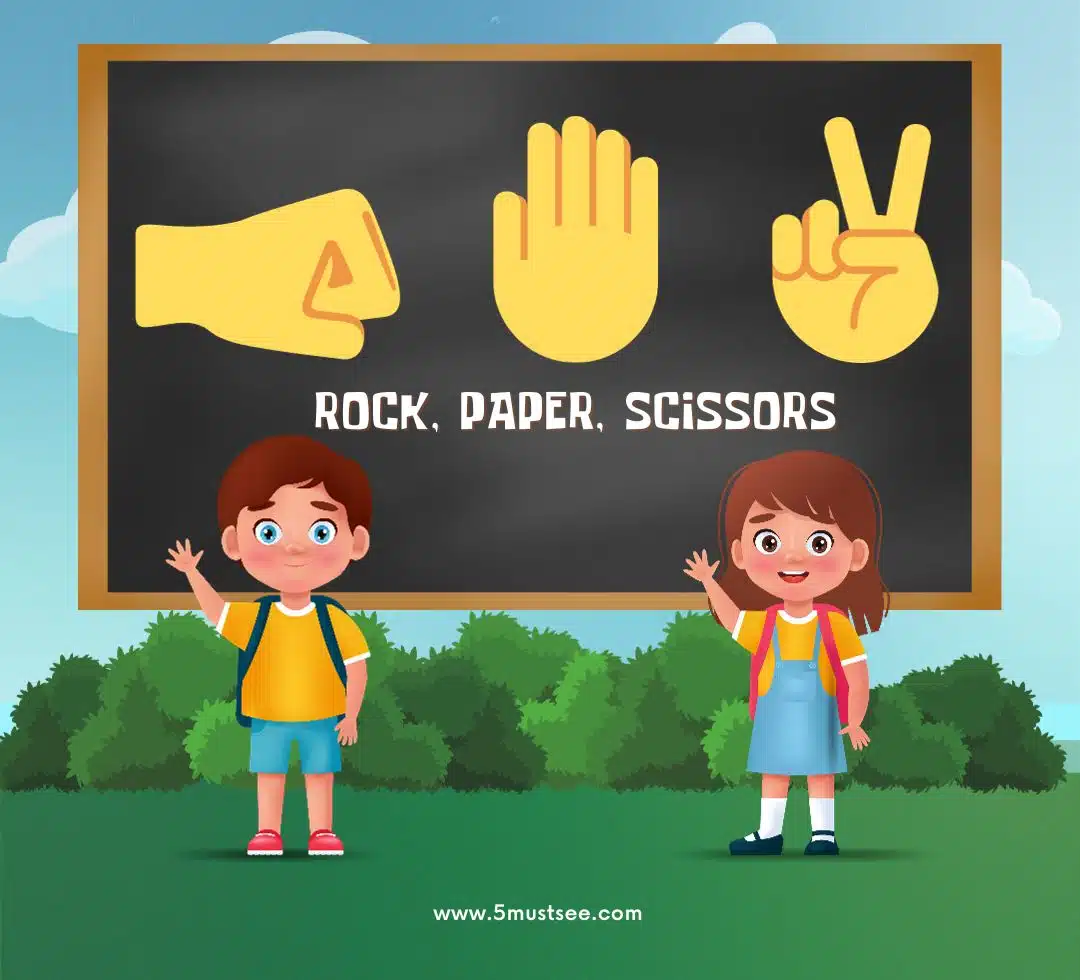
Rock, paper, scissors is a classic game that can be used to teach conflict resolution to kids. It is simple, quick, and fair, as it relies on chance rather than skill or power. It can be used to settle minor disputes or make decisions when there is no clear preference or agreement.
To play this game, you need two players who face each other and make one of three hand gestures: rock (a fist), paper (a flat hand), or scissors (two fingers). The rules are as follows:
- Rock beats scissors (rock smashes scissors)
- Scissors beat paper (scissors cut paper)
- Paper beats rock (paper covers rock)
If both players make the same gesture, it is a tie and they have to play again until there is a winner.
This game teaches kids how to resolve conflicts peacefully and respectfully, without arguing or fighting. It also teaches them how to accept the game’s outcome, whether they win or lose, and move on with their activities.
2. I-Messages
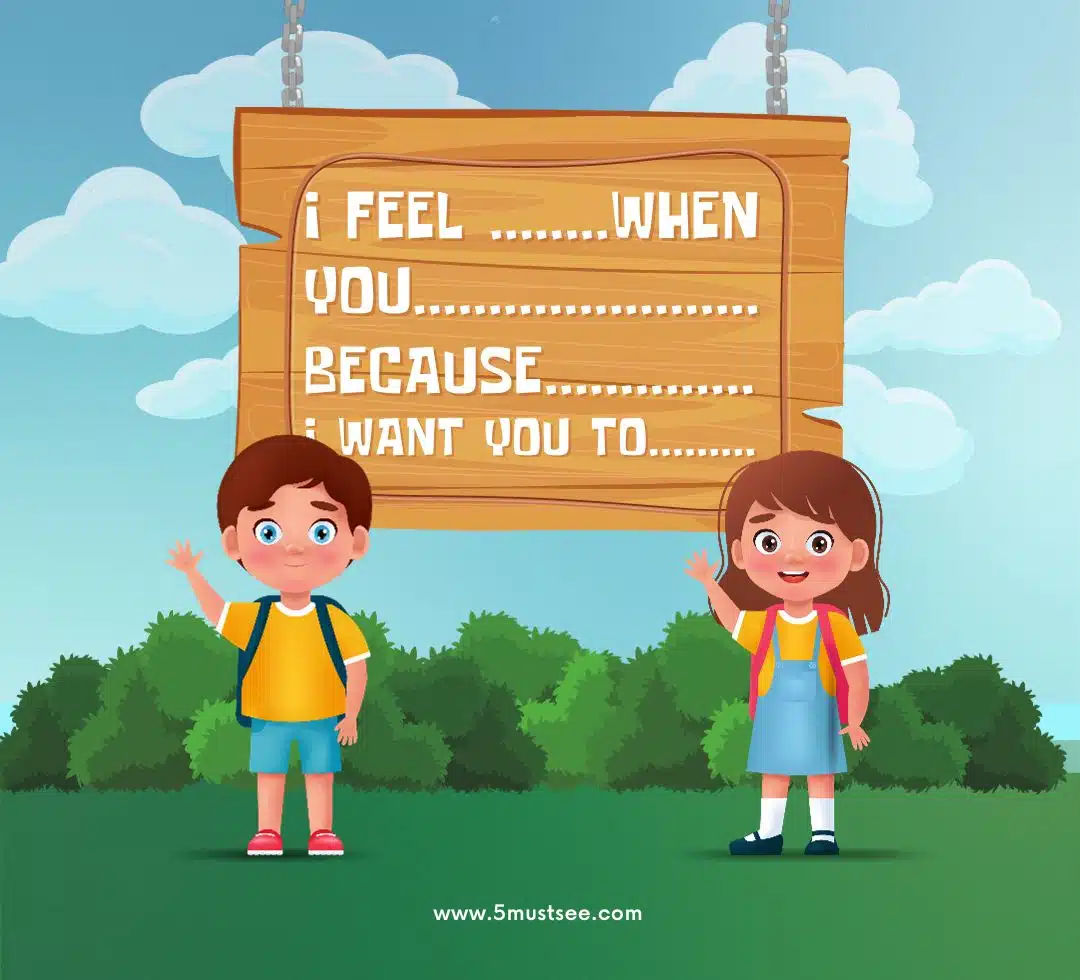
I-messages are statements that express how a person feels or thinks about a situation, without blaming or accusing the other person. They usually start with “I” and follow this formula:
- I feel … (emotion)
- When … (situation)
- Because … (reason)
- I need/want … (request)
For example:
- I feel angry when you take my toys without asking because it makes me think that you don’t respect me. I need you to ask me first before you use my things.
- I feel sad when you ignore me at recess because it makes me feel lonely. I want you to play with me sometimes.
I-messages are a useful tool for conflict resolution because they help kids communicate their feelings and needs clearly and respectfully. They also help kids listen to the other person’s point of view and understand their feelings and needs.
To play this game, you need two or more players who take turns making I-messages about different scenarios that may cause conflict. You can use real-life situations that the kids have experienced or make up hypothetical ones. For example:
- You want to watch a different TV show than your sibling.
- Your friend borrowed your favorite book and lost it.
- Your classmate copied your homework without your permission.
- Your teacher gave you a lower grade than you expected.
The other players have to listen carefully and repeat back what they heard using “you-messages”. For example:
- You feel angry when I take your toys without asking because it makes you think that I don’t respect you. You need me to ask you first before I use your things.
- You feel sad when I ignore you at recess because it makes you feel lonely. You want me to play with you sometimes.
This game teaches kids how to express themselves in a non-aggressive way and how to empathize with others. It also teaches them how to avoid misunderstandings and miscommunication by checking if they understood correctly what the other person said.
3. The Feelings Game
The feelings game is a game that helps kids identify and name their emotions, as well as recognize the emotions of others. It is based on the idea that emotions are like colors: they have different shades and intensities, and they can be mixed to create new ones.
To play this game, you need a set of cards with different emotions written on them, such as happy, sad, angry, scared, surprised, etc. You can also use pictures or emojis instead of words. You also need a color wheel that shows the primary colors (red, yellow, blue) and the secondary colors (orange, green, purple).
The game can be played in different ways, depending on the age and level of the kids. Here are some examples:
- For younger kids, you can simply ask them to pick a card and name the emotion on it. Then, ask them to point to the color on the wheel that matches the emotion. For example, if they pick “happy”, they can point to yellow. You can also ask them to make a face or a gesture that shows the emotion or to share a time when they felt that way.
- For older kids, you can ask them to pick two cards and name the emotions on them. Then, ask them to point to the color on the wheel that is a mix of the two emotions. For example, if they pick “sad” and “angry”, they can point to purple. You can also ask them to explain why they think those emotions go together, or to share a situation that made them feel that way.
- For more advanced kids, you can ask them to pick three cards and name the emotions on them. Then, ask them to point to the color on the wheel that is closest to the combination of the three emotions. For example, if they pick “happy”, “surprised”, and “scared”, they can point to orange. You can also ask them to create a new emotion name for the mix or to share a story that illustrates it.
This game teaches kids how to recognize and label their feelings, as well as understand how they affect their behavior and reactions. It also teaches them how to be aware of and respect the feelings of others, and how to communicate them effectively.
4. The Compliment Game
The compliment game is a game that helps kids practice giving and receiving compliments, which are positive and sincere expressions of admiration or appreciation. Compliments can boost self-esteem, improve relationships, and foster a positive atmosphere.
To play this game, you need two or more players who sit in a circle. One player starts by giving a compliment to another player in the circle. The compliment should be specific, genuine, and respectful. For example:
- I like your smile. It makes me happy.
- You are very good at math. You always help me with my homework.
- You are very kind. You always share your snacks with me.
The player who receives the compliment has to say “thank you” and smile. Then, they have to give a compliment to another player in the circle. The game continues until everyone has given and received at least one compliment.
This game teaches kids how to appreciate themselves and others, and how to express their feelings positively. It also teaches them how to accept compliments gracefully and graciously.
5. The Cooperation Game
The cooperation game is a game that helps kids practice working together as a team, rather than competing against each other. Cooperation is an essential skill for conflict resolution, as it involves sharing, listening, helping, and compromising.
To play this game, you need two or more players who form a group or a team. You also need a task or a challenge that requires cooperation and coordination among the players. The task or challenge can be physical or mental, depending on the age and ability of the kids. Here are some examples:
- Build a tower with blocks or cups without letting it fall.
- Solve a puzzle or a riddle together.
- Create a story or a song together.
- Complete an obstacle course or a relay race together.
The goal of the game is not to win or lose, but to complete the task or challenge as a team. The players have to communicate with each other, listen to each other’s ideas and suggestions, help each other out, and compromise when necessary.
This game teaches kids how to cooperate with others, and how to value their contributions and skills. It also teaches them how to overcome difficulties and challenges as a team.
6. The Negotiation Game
The negotiation game is a game that helps kids practice finding win-win solutions for conflicts or problems that involve different interests or needs. Negotiation is an important skill for conflict resolution, as it involves discussing options, making offers, and reaching agreements.
To play this game, you need two players who have opposite or conflicting positions on an issue or a situation. You also need a mediator who acts as a neutral third party who facilitates the dialogue and helps the players reach a solution.
The issue or situation can be real or hypothetical, depending on the age and level of the kids. Here are some examples:
- You want to go to the park with your friend, but your friend wants to go to the library.
- You want to buy a new video game with your allowance money, but your parents want you to save it for college.
- You want to eat pizza for dinner, but your sibling wants to eat sushi.
The mediator starts by explaining the rules of the game:
- Each player has to state their position and explain why they want
- Each player has to listen to the other player’s position and try to understand their perspective.
- Each player has to brainstorm possible solutions that can satisfy both parties.
- Each player has to evaluate the pros and cons of each solution and choose the best one.
- Each player has to agree on the final solution and shake hands.
The mediator then asks the players to start the game. it can also ask questions, make suggestions, or offer feedback to help the players along the way.
This game teaches kids how to negotiate with others, and how to find win-win solutions that respect both parties’ interests and needs. It also teaches them how to communicate effectively, respectfully, and assertively.
7. The Role-Play Game
The role-playing game is a game that helps kids practice acting out different scenarios that involve conflict or disagreement. Role-playing is a useful technique for conflict resolution, as it helps kids explore different perspectives, emotions, and outcomes.
To play this game, you need two or more players who take on different roles or characters in a given scenario. It would help if you also had a script or a story that describes the scenario and the conflict. The script or story can be based on real-life situations that the kids have faced or witnessed, or on fictional ones that they have read or watched. Here are some examples:
- You are siblings who are fighting over who gets to use the computer.
- You are classmates who are working on a group project and have different opinions on how to do it.
- You are friends who are planning a birthday party and have different preferences on what to do.
The players have to act out the scenario according to their roles, using dialogue, gestures, and expressions. They have to try to resolve the conflict realistically and respectfully, using the skills and strategies that they have learned from the previous games.
This game teaches kids how to role-play different situations, and how to empathize with others. It also teaches them how to apply their conflict-resolution skills in various contexts and scenarios.
8. The Feedback Game
The feedback game is a game that helps kids practice giving and receiving feedback, which are constructive and helpful comments or suggestions that aim to improve something or someone. Feedback can be positive or negative, but it should always be respectful, specific, and relevant.
To play this game, you need two or more players who take turns giving and receiving feedback on something they have done or created. The thing can be anything that involves some effort or creativity, such as a drawing, a poem, a song, a presentation, etc.
The player who gives feedback has to follow these steps:
- Start with something positive that they liked or appreciated about the thing.
- Mention something negative that they think can be improved or changed about the thing.
- End with something positive again that they liked or appreciated about the thing.
The player who receives feedback has to follow these steps:
- Listen carefully and attentively to the feedback without interrupting or defending themselves.
- Thank the player who gave feedback for their time and effort.
- Ask questions or clarifications if they need more information or explanation about the feedback.
- Reflect on the feedback and decide what they want to do with it.
This game teaches kids how to give feedback respectfully and helpfully, and how to receive feedback in a positive and open-minded way. It also teaches them how to improve themselves and their work based on feedback.
9. The Trust Game
The trust game is a game that helps kids practice building trust with others, which is an essential element for conflict resolution. Trust is a feeling of confidence and security that someone will act in your best interest and respect your wishes.
To play this game, you need two players who form a pair. One player is the leader and the other is the follower. The leader has to guide the follower through an obstacle course or a maze, using only verbal instructions. The follower has to follow the leader’s instructions blindly, without looking at where they are going.
The obstacle course or the maze can be set up indoors or outdoors, using furniture, toys, cones, ropes, etc. It should be challenging but not dangerous for the follower.
The leader has to give clear, accurate, and timely instructions to the follower, such as “turn left”, “walk forward”, “stop”, etc. The leader has to avoid misleading, confusing, or vague instructions that may cause the follower to bump into something or get lost.
The follower has to trust the leader’s instructions and follow them without questioning or doubting them. The follower has to avoid peeking, cheating, or disobeying the leader’s instructions.
This game teaches kids how to build trust with others, and how to be trustworthy themselves. It also teaches them how to communicate clearly and effectively.
10. The Reflection Game
The reflection game is a game that helps kids practice reflecting on their own and others’ conflict-resolution skills and strategies. Reflection is an important skill for conflict resolution, as it helps kids learn from their experiences and improve their future actions.
To play this game, you need two or more players who have played any of the previous games. You also need a set of questions or prompts that help the players reflect on their conflict resolution skills and strategies. Here are some examples:
- What did you learn from playing this game?
- What did you like or dislike about this game?
- What did you do well or poorly in this game?
- What did you notice or appreciate about the other players in this game?
- What did you find easy or difficult in this game?
- How did you feel before, during, and after this game?
- How did this game relate to your real-life situations or conflicts?
- How can you apply what you learned from this game to your real-life situations or conflicts?
The players have to answer the questions or prompts honestly and thoughtfully, using examples and details from the game. They can also ask each other questions or share their opinions or feedback.
This game teaches kids how to reflect on their own and others’ conflict resolution skills and strategies, and how to learn from their feedback and experiences. It also teaches them how to plan for their future actions and goals.
Conclusion
Conflict resolution is a crucial skill for kids to learn, as it helps them deal with various situations and challenges that they may encounter in their personal, academic, and social lives. By playing these 10 best conflict resolution games for kids, they can have fun and learn at the same time. These games can help them develop skills such as communication, cooperation, negotiation, empathy, trust, and reflection, which are essential for resolving conflicts peacefully and respectfully. We hope you enjoyed this article and found it useful and informative. If you have any questions, comments, or suggestions, please feel free to contact us. Thank you for reading! 😊
Summary
This article presents the 10 best conflict resolution games for kids that can help them learn how to handle different situations that may arise in their daily lives, such as disagreements, arguments, or misunderstandings. The games are based on various techniques and strategies that involve role-playing, problem-solving, cooperation, and negotiation. The games are suitable for beginners who want to explore the topic of conflict resolution and learn some basic skills. The article also provides some tips and guidance on how to facilitate the games and make them more effective and enjoyable.
Keep Reading…
FAQ
Q: What is conflict resolution?
A: Conflict resolution is the process of finding peaceful and respectful ways to resolve conflicts or problems that involve different interests or needs.
Q: Why is conflict resolution important for kids?
A: Conflict resolution is important for kids because it helps them manage their emotions, communicate effectively, and build empathy. It also helps them develop social skills and relationships that are essential for their personal, academic, and social lives.
Q: How can conflict resolution games help kids?
A: Conflict resolution games can help kids by making learning fun and engaging. They can also help kids practice how to express their feelings, listen to others, respect different perspectives, and find win-win solutions. They can also help kids apply their conflict-resolution skills in various contexts and scenarios.
